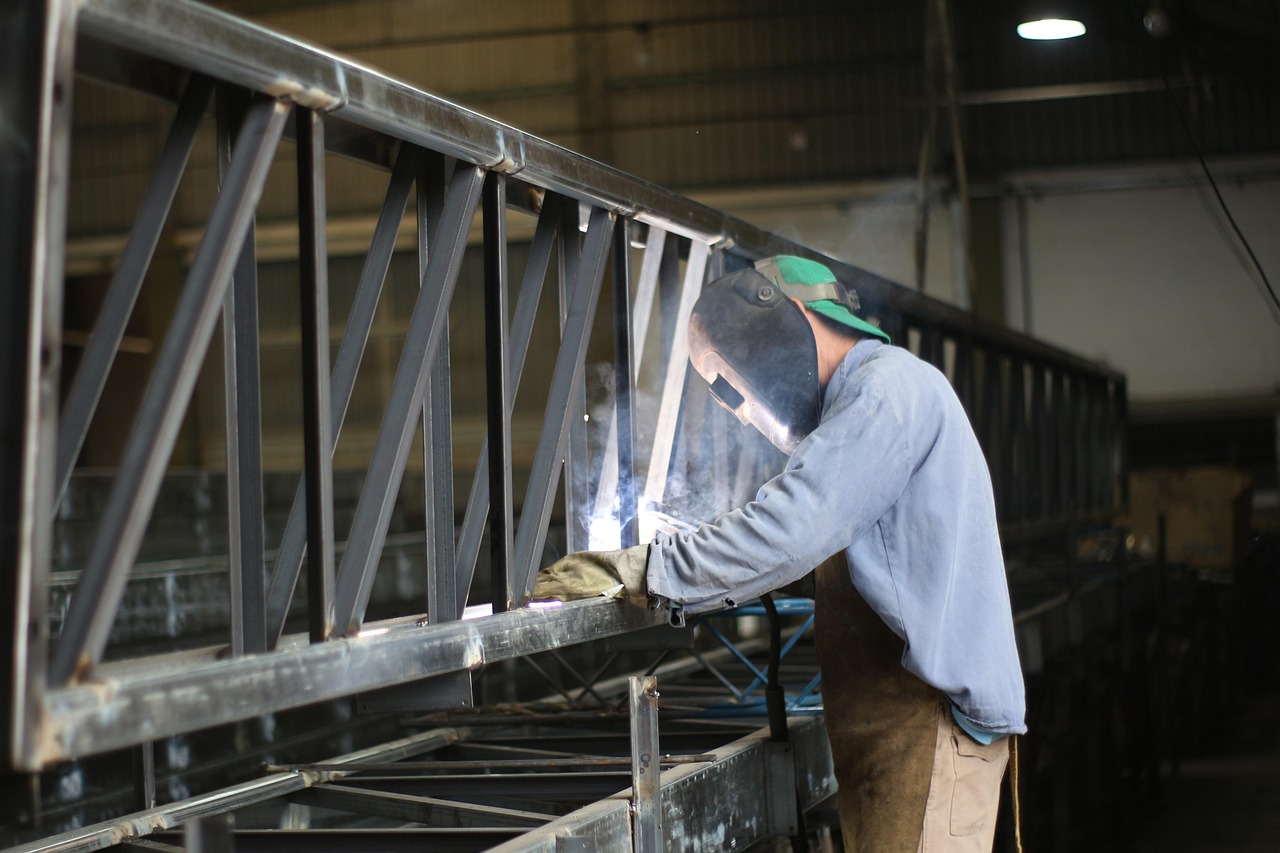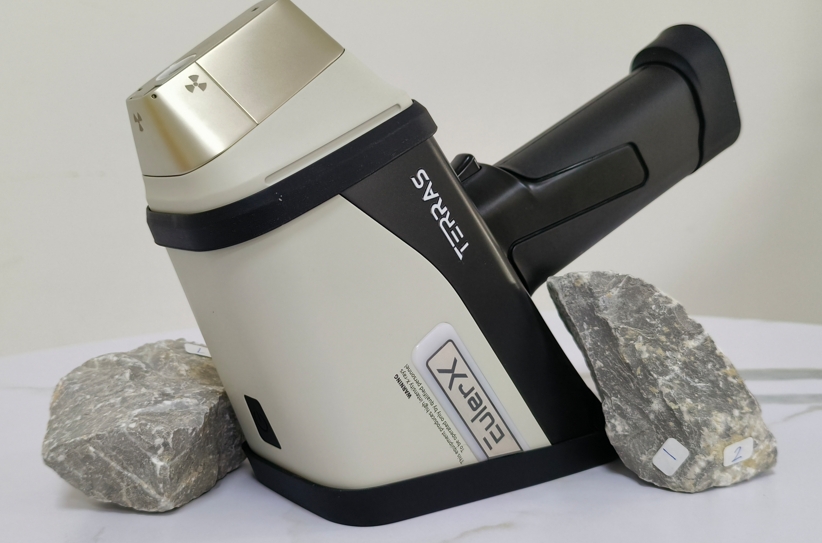
Alloy
A high-tech enterprise focusing on the development and application of X-ray technology products, committed to becoming a leading supplier of X-ray industrial testing solutions.
Revolutionizing Material Analysis with Handheld XRF Technology
In today’s fast-paced world, where rapid and accurate analysis is crucial, traditional laboratory-based material testing methods often fall short due to their time-consuming nature and high costs. Enter handheld X-ray fluorescence (XRF) technology, a game-changer that’s revolutionizing the field of material analysis. By bringing lab-quality analysis to the field, this portable technology is transforming industries ranging from mining and environmental monitoring to recycling and manufacturing. Let’s explore how handheld XRF is reshaping material analysis and why it’s becoming an indispensable tool.
What is Handheld XRF Technology?
X-ray fluorescence (XRF) is a non-destructive analytical technique used to determine the elemental composition of materials. When a material is exposed to high-energy X-rays, the atoms within the material absorb this energy and re-emit lower-energy X-rays. By measuring the energy levels and intensities of these re-emitted X-rays, a precise profile of the material’s composition can be constructed.
Handheld XRF devices are portable, battery-operated instruments that bring this powerful analysis technique directly to the sample, offering real-time, on-site results. These devices have evolved over the years to be compact, easy to use, and highly accurate, making them suitable for a wide range of applications in various industries.

Key Benefits of Handheld XRF Technology
1. Portability and Convenience
One of the most significant advantages of handheld XRF technology is its portability. Unlike traditional laboratory testing, which requires samples to be sent off for analysis, handheld XRF devices can be used directly on-site. This eliminates the need for time-consuming transportation of materials and allows for immediate results. Technicians, engineers, and fieldworkers can quickly analyze materials in real time, making it easier to make data-driven decisions on the spot.
2. Non-Destructive Testing
Handheld XRF is a non-destructive testing (NDT) method, meaning it does not alter or damage the sample during analysis. This is especially valuable in industries such as archaeology, where preserving the integrity of valuable or rare artifacts is essential. The ability to analyze a material without compromising its structure ensures that it can be used for further testing or preservation after analysis.
3. Real-Time, Accurate Results
Handheld XRF devices deliver quick and precise results in a matter of seconds to minutes, depending on the complexity of the analysis. This speed is particularly beneficial in environments where decisions need to be made on the fly. Whether it’s determining the composition of soil, checking the alloy grade of metals, or ensuring compliance with environmental regulations, handheld XRF technology provides reliable data that can be acted upon immediately.
4. Wide Range of Applications
From detecting hazardous materials like lead in paint to analyzing the composition of metals in scrap recycling, handheld XRF is used across a variety of sectors. Some common applications include:
Mining and Exploration: Identifying mineral composition in rocks and ores.
Environmental Monitoring: Detecting contamination levels in soil or water.
Quality Control: Verifying the composition of materials in manufacturing, ensuring the quality and consistency of products.
Recycling: Sorting and identifying metals in scrap, enhancing efficiency and reducing waste.
Construction: Verifying the quality of materials like concrete and steel used in infrastructure projects.
Applications in Various Industries
1. Mining and Exploration
In the mining industry, handheld XRF technology is invaluable for on-site mineral analysis. By providing instant results regarding the composition of rocks and ores, mining companies can make informed decisions about extracting materials that meet specific standards. Additionally, handheld XRF can be used to monitor and optimize the mining process, ensuring that valuable resources are extracted efficiently.
2. Environmental Monitoring
Handheld XRF devices are widely used in environmental monitoring, particularly for detecting contaminants such as lead, arsenic, and mercury. These devices can be used on-site to quickly assess soil, water, and dust samples, ensuring that environmental standards are met. Their portability makes them ideal for field surveys, allowing for immediate action in cases of contamination or pollution.
3. Recycling and Waste Management
In the recycling industry, the ability to sort and identify materials is critical for optimizing the recycling process. Handheld XRF technology allows recyclers to identify metals, plastics, and other materials quickly and accurately. This helps in the efficient sorting of recyclable materials, ensuring that valuable resources are recovered and waste is minimized. It also aids in ensuring compliance with regulations that limit the presence of hazardous materials in recycled products.
4. Manufacturing and Quality Control
Manufacturers are increasingly using handheld XRF devices in quality control processes. Whether it’s checking the composition of raw materials or testing finished products, handheld XRF ensures that materials meet specifications and industry standards. In industries such as electronics and automotive manufacturing, where precise material composition is essential, XRF analysis is an invaluable tool for maintaining product quality.

Terras EulerX900 Handheld Alloy Analyzer
The Future of Handheld XRF Technology
As technology continues to evolve, handheld XRF devices are becoming more powerful, compact, and affordable. With improvements in sensitivity and accuracy, these devices will continue to expand their applications, providing even greater value to industries in the years to come. The integration of handheld XRF technology with data analytics and cloud-based platforms is also on the horizon, further enhancing the ability to process and share results in real time.
Moreover, as environmental and regulatory concerns become more prominent, the demand for efficient and reliable material analysis methods will only increase. Handheld XRF technology is well-positioned to meet these demands, offering a sustainable and cost-effective solution for industries worldwide.
The EulerX900 series handheld alloy analyzer utilizes advanced XRF technology for rapid, non-destructive metal composition analysis, ideal for quality control and grade identification. With high-sensitivity detectors and smart algorithms, it ensures accurate analysis, supports over 1,600 alloy grades, and features easy operation with low maintenance, suitable for fieldwork.
Conclusion
Handheld XRF technology is revolutionizing the way materials are analyzed across a wide range of industries. With its ability to provide fast, accurate, and non-destructive analysis on-site, it is transforming processes in mining, recycling, manufacturing, environmental monitoring, and more. As the technology continues to improve, its applications will only expand, making it an indispensable tool for professionals seeking to improve efficiency, reduce costs, and ensure compliance with regulations. Embracing handheld XRF technology today means staying ahead of the curve in material analysis tomorrow.
Join Us
Subscribe to our email list for updates & promotions.



